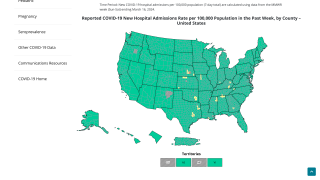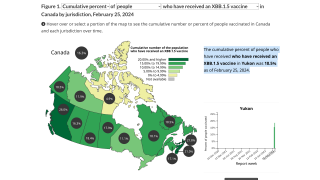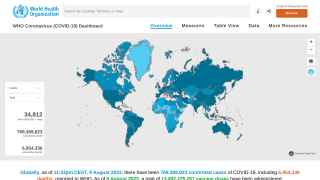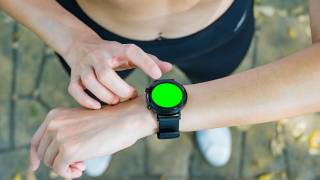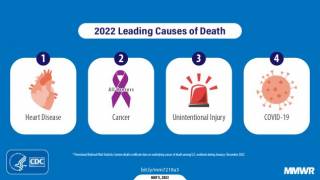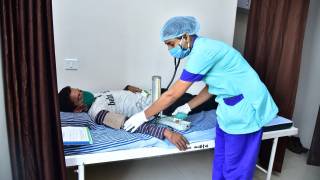Menstrual Cycle Disrupted by COVID-19 Vaccination
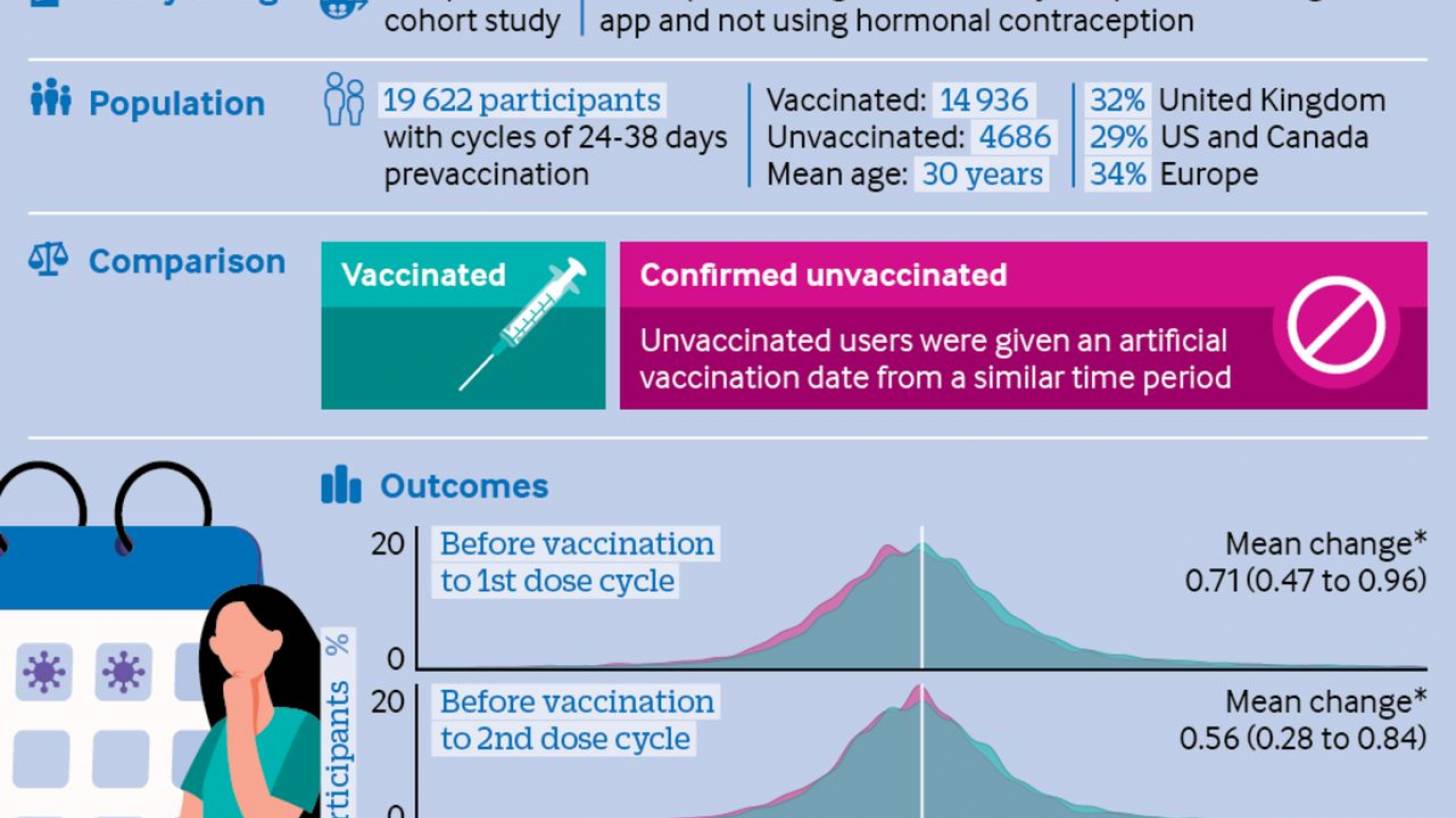
Early in 2022, a study funded by the U.S. National Institutes of Health (NIH) found women receiving one dose of a COVID-19 vaccine during a single menstrual cycle had an increase in cycle length of nearly one day.
Recently, a large international study funded by the NIH confirmed those findings linking COVID-19 vaccination with an average increase in menstrual cycle length of less than one day.
For most study participants, the increase resolved in the cycle following vaccination.
The new study appears in the BMJ Medicine. It includes data from nearly 20,000 people from Canada, the United Kingdom, the United States, Europe, and other countries who received any of nine different COVID-19 vaccines.
Changes in cycle length did not differ according to the type of vaccine received.
"These findings provide additional information for counseling women on what to expect after vaccination," said Diana Bianchi, M.D., director of NIH's Eunice Kennedy Shriver National Institute of Child Health and Human Development, in a press release issued on September 27, 2022.
"Changes following vaccination appear to be small, within the normal range of variation, and temporary."
A change in cycle length of fewer than eight days is considered within the normal range of variation, says the NIH.
Although small menstrual changes may not be meaningful to health care professionals and researchers, the study authors wrote, perceived changes in a bodily function linked to fertility may be alarming to those experiencing it and could contribute to vaccine hesitancy.
The researchers analyzed data on at least three consecutive cycles before vaccination and at least one cycle after. In addition, data from at least four consecutive cycles were studied over a similar time interval for unvaccinated participants.
- On average, vaccinated women experienced an increase of less than one day in each cycle in which they were vaccinated: a .71-day increase after the first dose and a .56-day increase after the second dose.
- Participants who received both doses in a single cycle had a 3.91-day increase in cycle length.
- After vaccination, cycle length had increased by only .02 days for individuals who received one dose per cycle and .85 days for individuals who received two doses in one cycle, compared to participants who were not vaccinated.
- Younger women with longer cycle lengths before vaccination were likelier to experience the increase.
'Our findings from this large international cohort of individuals continue to be reassuring and can be used to counsel individuals about what to expect with a COVID-19 vaccination and how to make an informed decision about vaccination versus continuing to be at risk for covid-19 disease and its related morbidity and mortality,' wrote these researchers.
The authors called for future studies on vaccination-linked changes to menstrual cycles, such as unexpected vaginal bleeding and menstrual flow and pain. They also called for studies to determine the physical reasons why such changes might occur.
This study's content is solely the responsibility of the authors and does not necessarily represent the official views of the NIH. The funders had no role in considering the study design or in the collection, analysis, interpretation of data, writing of the report, or decision to submit the article for publication. And no industry conflicts of interest were disclosed.
Update: The peer -review journal Nature published the findings from a study on September 30, 2022, that concluded: there was a measurable risk of thrombocytopenic, hemorrhagic, and thromboembolic events after COVID-19 vaccination and infection.
PrecisionVaccinations publishes fact-checked, research-based vaccine news manually curated for mobile readership.
Our Trust Standards: Medical Advisory Committee



